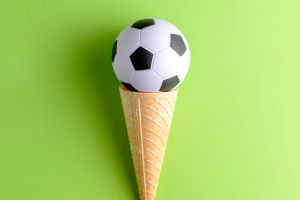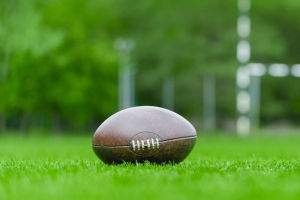Pickleball is a sport that combines elements of tennis, table tennis, and badminton. Although its name may sound a bit quirky, the sport has a unique charm of its own. Pickleball originated in 1965 in Bremerton, Washington, USA, when a group of friends invented the game.
Initially, the sport was named after one of the inventor’s dogs named “Pickles,” who would often run around the court and disrupt the game. Thus, the sport was called “Pickleball,” and although “Pickle” in the name has no special meaning, it quickly attracted more and more participants.
Rules and Equipment
The pickleball court is similar to a badminton court, measuring 6.1 meters in length and 3.05 meters in width. The game uses a specially designed paddle, usually made from lightweight composite materials, with a relatively large hitting surface.
The ball is a plastic sphere with many small holes, giving it unique flying characteristics in the air. The court features a net in the center that is 1.07 meters high, slightly lower than a tennis net.
Matches can be played as singles or doubles. The rules are relatively simple, focusing on three main phases: serving, receiving, and returning the ball. When serving, the paddle must strike the ball below the waist, and the serve must clear the net and land in the opponent's service area.
The receiving side must hit the ball before it bounces, and after the serve, they can only return the ball after it has bounced once. In each round of the game, players aim to hit the ball into the opponent’s court while avoiding hitting it out of bounds or failing to return the opponent’s shot.
Tactics and Techniques
Despite the seemingly simple rules of pickleball, the game involves a variety of tactics and techniques.
For instance, volleys at the net and groundstrokes from the baseline are key techniques in the game. To win, players need good reaction speed and precise hitting ability. Additionally, players must learn to use various shots to deceive their opponents, such as employing spin to alter the ball's trajectory.
Strategy is also crucial in pickleball. In doubles matches, teammates need to work closely together, continuously moving and adjusting their positions to create opportunities. Players should be adept at exploiting gaps on the court and making precise shots to find their opponent’s weaknesses.
Health Benefits and Social Impact
As a full-body exercise, pickleball effectively enhances flexibility, coordination, and endurance.
The fast-paced nature of the game requires constant movement and quick reactions, which help improve cardiovascular health. Compared to tennis or badminton, pickleball is gentler on the joints, making it suitable for people of all ages, especially the elderly.
The rise in popularity of pickleball has also brought about positive social impacts. It has rapidly developed in the U.S. and gained a growing number of enthusiasts worldwide. Many communities and schools have started to build pickleball courts and organize related events, which not only promote physical health but also strengthen community bonds.
Future Prospects
In the future, pickleball is likely to continue evolving and innovating.
Advances in technology, improvements in court facilities, and more organized events will make the sport more mature and professional. As global awareness of healthy lifestyles increases, pickleball may become a regular part of many people's exercise routines and leisure activities.
In summary, pickleball, as a sport that blends fun and competitiveness, is gradually becoming a favorite among sports enthusiasts worldwide. Whether you are a beginner or an experienced player, pickleball offers a platform to enjoy the joy of sports, improve your fitness, and make new friends. Hopefully, this sport will continue to develop and bring health and happiness to more people.


